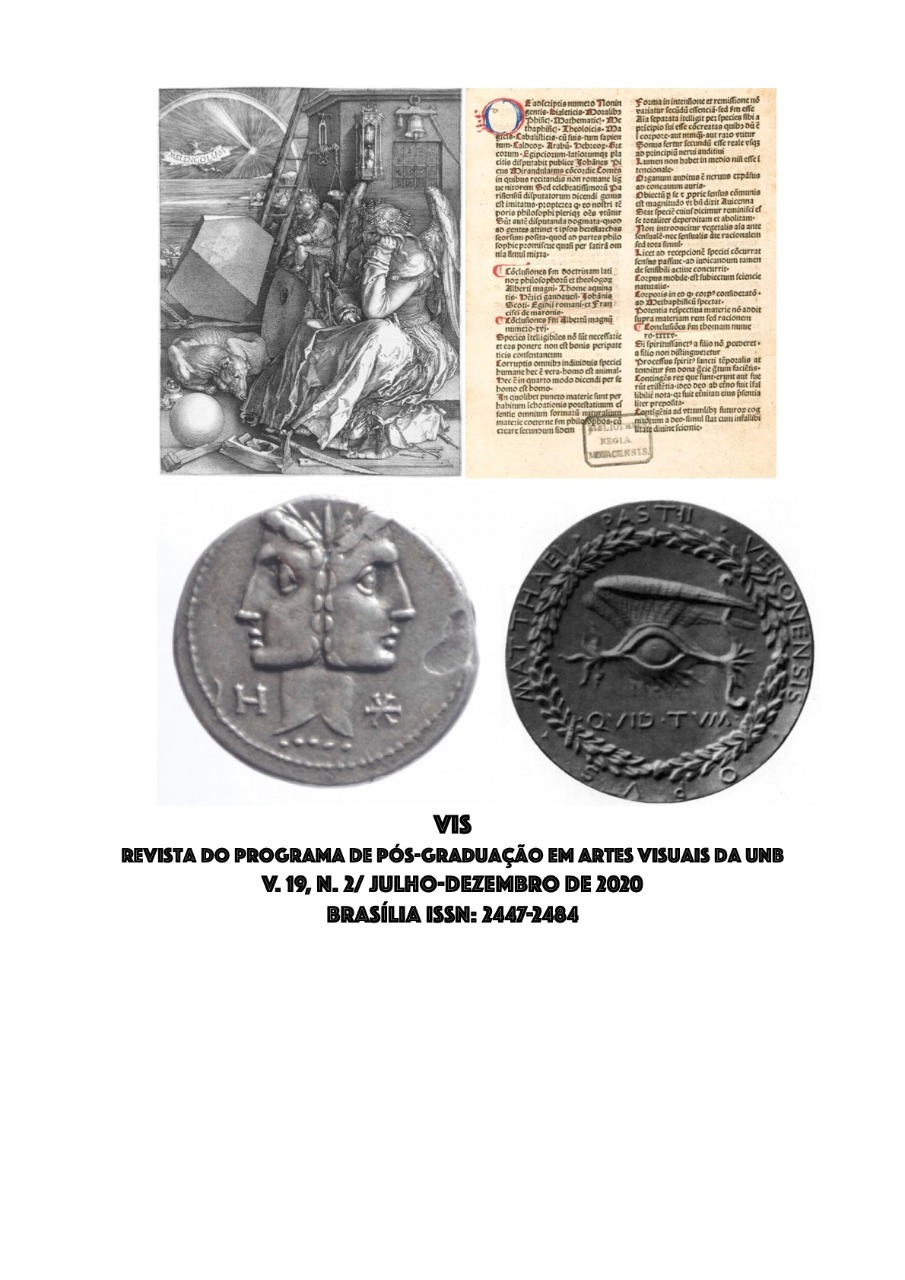“THE BOOK THAT TURNED DARKNESS INTO LIGHT”
APUNTES SOBRE LA CULTURA MONÁSTICA ALTOMEDIEVAL EN LA PELÍCULA “THE SECRET OF KELLS” (2009)
Abstract
Este estudio propone un breve repaso por los elementos históricos y literarios, aludidos o citados en The Secret of Kells (Tomm Moore, 2009), con la hipótesis de que, incluso sin el propósito consciente de transmitir un mensaje cristiano, la película sugiere que la belleza del Libro de Kells, manuscrito del siglo VIII, constituye luz para la humanidad: por un lado, la belleza natural reflejada en el arte y, por otro, la belleza sobrenatural que también se conjuga en esta creación. Aunque no se declara que los textos contenidos en el Libro de Kells sean los cuatro evangelios, la belleza es un punto de atracción tanto para el niño Brendan como para Cellach, el viejo abad ya en su lecho de enfermo, y es un legado que seguirá su curso por los siglos hasta llegar a la actualidad. En este sentido, la película es un claro homenaje a este tesoro artístico medieval y, como consecuencia, es inevitable reconocer que su mirada sobre el mundo monástico de la Alta Edad Media es enteramente positiva.
Downloads
References
BENDAZZI, Giannalberto. Animation: A World History. Volume III: Contemporary times. Florida: CRC Press, 2015.
KRAPP, George Philip y Elliott VAN KIRK DOBBIE. The Exeter Book. New York: Columbia University Press, 1966.
COLGRAVE, Bertram y R. A. B. MYNORS. Bede's Ecclesiastical History of the English People. Oxford: Clarendon Press, 1969.
CHESTERTON, Gilbert K. Orthodoxy. New York: The Bodley Head, 1909.
DAVIES, Sioned. “Peredur son of Efrog”. In: The Mabinogion. Traducción y estuio de Sioned Davies. Oxford: Oxford University Press, 2007, pp. 65-102.
HOLOHAN, Aisling. Theorising aesthetic design in contemporary Irish animation: A Case Study of Cartoon Saloon’s The Secret of Kells and Song of the Sea. Master of Science (Interactive Digital Media). Dublin: University of Dublin, 2016.
IANNELLO, Fausto. Il motivo dell’aspidochelone nella tradizione letteraria del Physiologus. Considerazioni esegetiche e storico-religiose. Nova Tellus, 29.2, 2011, pp. 153-200.
KOCH, John T. Celtic Culture: A Historical Encyclopedia. Santa Barbara: ABC-CLIO, 2006.
KRAPPE, Alexander H. Balor with the Evil Eye. Studies in Celtic and French Literature. New York, 1927, pp. 1”“43
LECLERCQ, Jean y Henri M. ROCHAIS. Sancti Bernardi Opera. Epistolae, 1. Corpus epistolarum 181-310. Roma - Lovanium: Editiones Cistercienses - Brepols, 1977.
MONAGHAN, Patricia. The Encyclopedia of Celtic Mythology and Folklore. New York: Facts on File, 2004.
O’BRIEN, Maria. The Secret of Kells (2009), a Film for a Post Celtic Tiger Ireland? Animation Studies Online Journal, 6, 2011.
O’REILLY, Jennifer. Celtic art and the gospel. In: FARR, Carol A. y Elizabeth MULLINS. Early Medieval Text and Image. 2. The Codex Amiatinus, the Book of Kells and Anglo-Saxon Art. New York - London: Routledge, 2019, pp. 41-49.
RIVERO TARAVILLO, Antonio. Antiguos Poemas Irlandeses. Madrid: Gredos, 2001.
STOKES, Whitley y John STRACHAN. Thesaurus Palaeohibernicus: A Collection of Old Irish Glosses, Scholia, Prose, and Verse. Vol. 2. Cambridge: University Press, 1903.
The Secret of Kells. Dir. Tomm MOORE y Nora TWOMEY. Ireland-France-Belgium: Cartoon Saloon, 2009.
WADDEL, Helen. The Wandering Scholars. Séptima edición. London: Constable, 1934.




